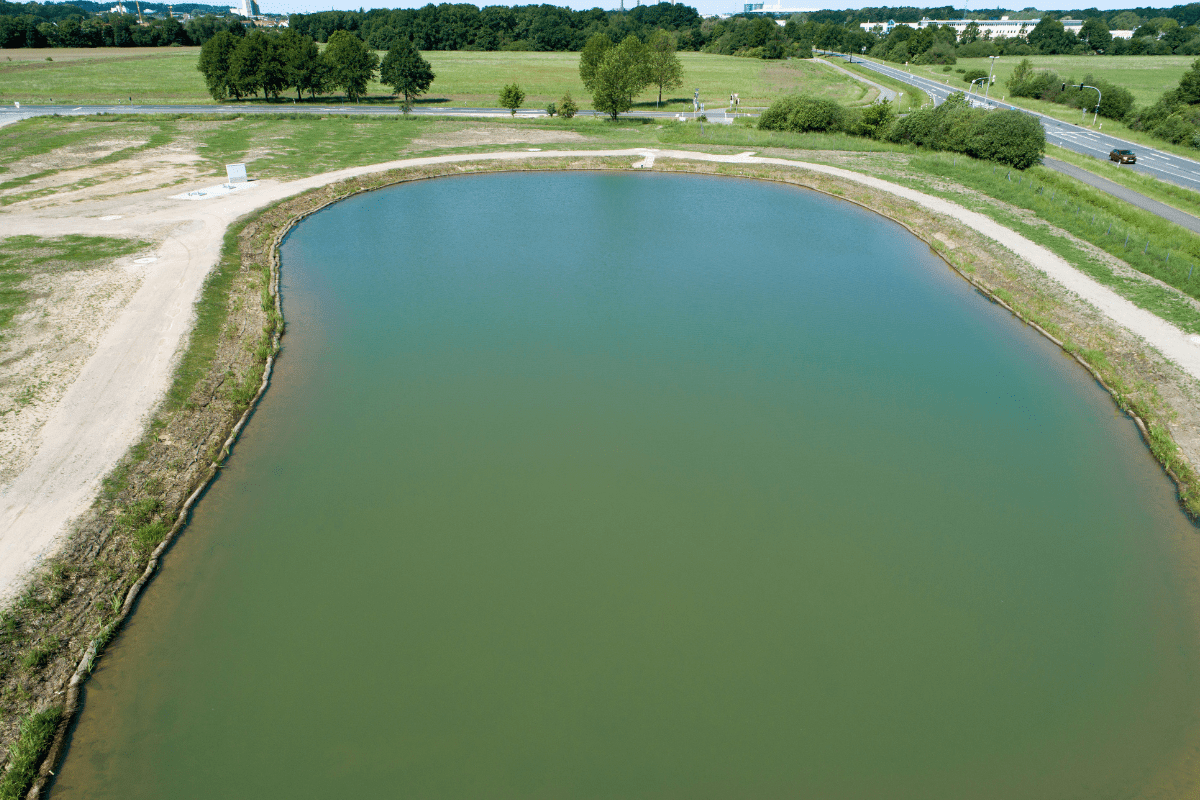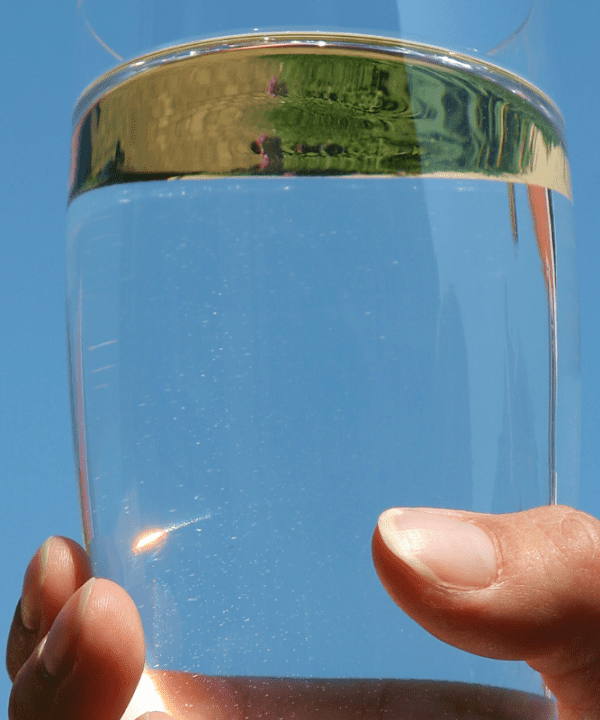
PROJECT DETAILS
- Project No 2046
- Project Name Fate, behaviour and ecological impact of WWTP derived fluorinated surfactants
- Lead Organisation Melbourne Water
- Research Lead RMIT University
- Completion Year 2020
Project Description
There are more than 3000 per- and poly-fluroalkyl substances (PFAS). They have unique chemical properties that makes them ideal for incorporating into stain and water-resistant materials, and for metal-plating, firefighting and medical imaging, but there are concerns that PFAS are persistent and toxic. The Australian federal government updated the PFAS National Environment Plan in 2020 and provided an aquatic and marine ecological guideline value of 1900 ng/L for a common PFAS, ‘PFOA’. This is a concentration that will NOT harm 99% of the species in those habitats. The safe guideline for ‘PFOS’ in drinking water is 2000 ng/L. This research measured 21 types of PFAS in 19 Australian wastewater treatment plants (WWTPs) and found that the WW treatment processes transformed small (short-chain) PFAS into stable ‘PCFA’ forms, and that when the concentrations of 21 common PFAS’s were added together there were, on average, only 142 ng/L in treated WW effluent. Although these concentrations are much lower than safe guideline values, it was concluded that ongoing monitoring is required to further understand the risk that effluent discharge might pose to aquatic ecosystems.





